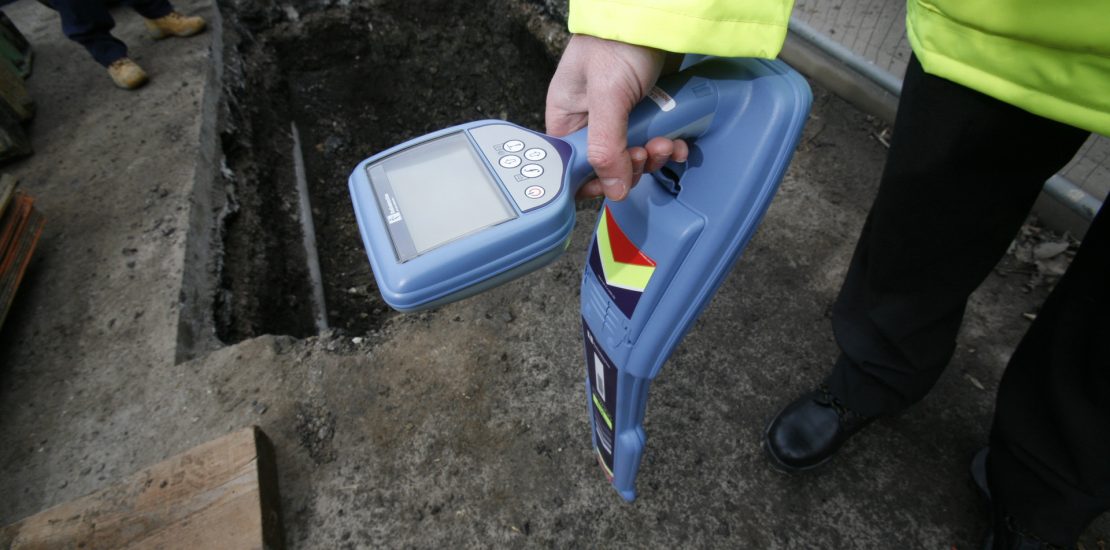How Locating Instrument Works – Part 4

How Locating Instrument Work- In this section things start to get interesting and really separates the good locators from those with average skills. I was once one of these average locators (very average some might say) until I had the opportunity to train with some industry experts. This training really started me on the path of learning and the desire to pass on these learnings to others.
As mentioned last week the electromagnetic field wants to leave the target line equally in all directions – in other words it will be perfectly round. The very best analogy that I have heard to describe this is to imagine a rock being dropped into a pool of water. From the point where the rock hits the water a number of perfect circles will radiate outwards – this is what the electromagnetic field would look like if you were to take a cross section vertically through the target line.
The other thing to note is that as the waves move further from the centre they reduce in height – they reduce in strength. The exact same situation occurs with our magnetic field – the further from the centre the more the signal strength reduces.
When you are locating in peak mode you will see this perfectly – as you move closer to the target line (assuming that there is no interference that effects the field shape) your reading increases, right up to the point where you are directly over the target line and then starts to reduce as you move past the target.
This short clip demonstrates this:
Unfortunately we do not locate under perfect conditions; there are a number of potential sources of interference present for almost all of our locates.
For this section I want you to cast your mind back to science lessons in junior high school. I am sure that at some stage you witnessed a demonstration where you tried to make the like poles of two bar magnets join – impossible to do.
I learnt as I am sure you did that opposite poles attract whilst like poles repel. The same situation occurs with the electromagnetic How Locating Instrument Work field around our target like. If the target line is influenced by another metallic object that has a like pole then you will have a repelling magnetic field, whilst the opposite also applies – in which case an attracting field will be present.
So what does this look like if we are locating in Peak Mode? Again this video will demonstrate the outcome of interference on your target line.
The key is being able to determine if the magnetic field leaving the target line is round or non-round. If you cannot do this you are only guessing where the utility is located.
The Locating Unlimited 5 Day Advanced EM Locator Training teaches you this and much much more. Enquire now at www.locatingunlimited.com.au